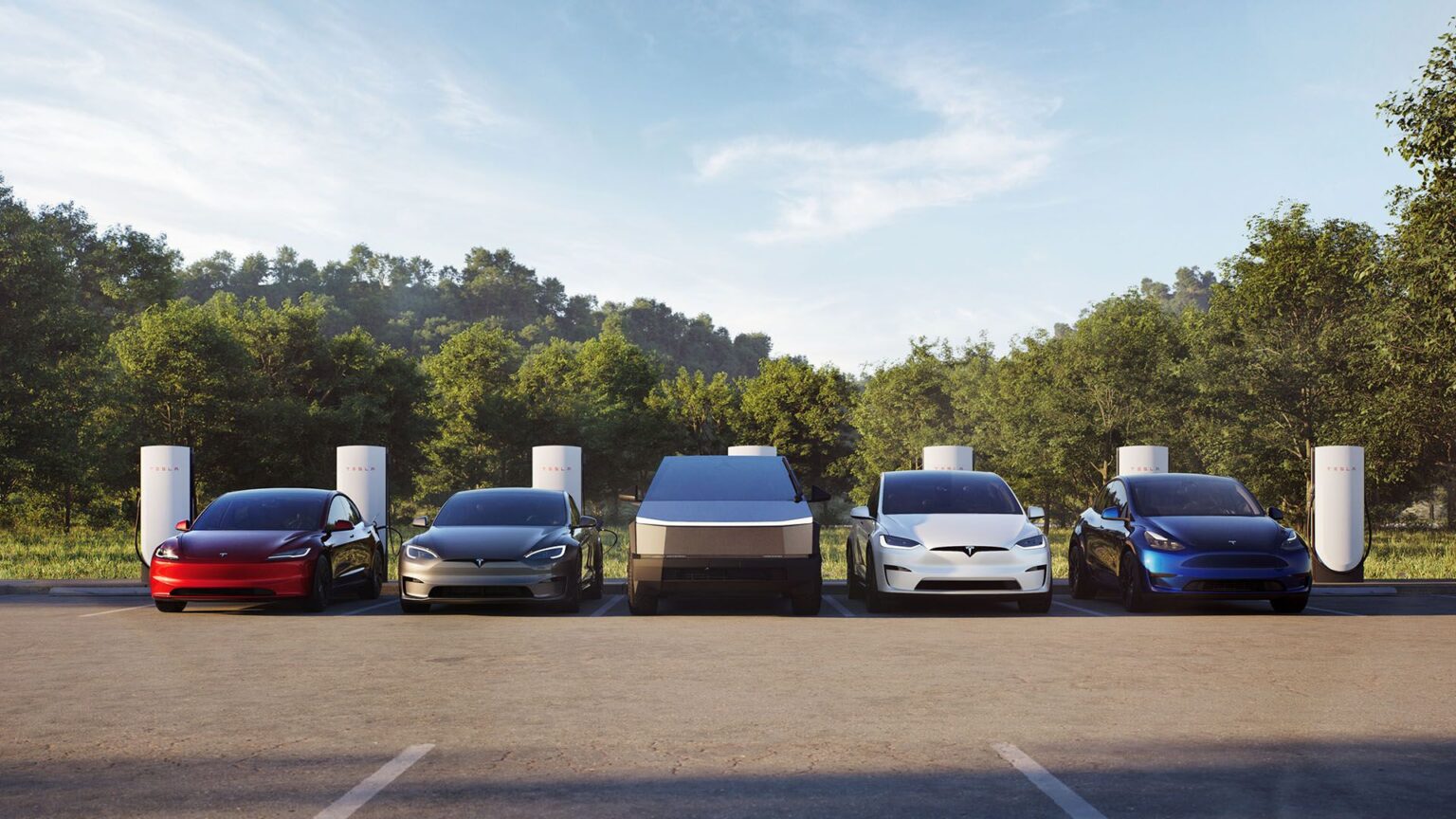Elon Musk has deepened his involvement in far-right-wing politics, which has placed Tesla in a bind. Sales have declined catastrophically in Europe, and the stock value has dropped 40 percent in 2025. Execs and board members are dumping millions of dollars’ worth of stock. The worst may be yet to come when Tesla announces Q1 sales figures for America.
Despite that, Elon Musk announced that Tesla would double production in America over the next two years. This raises the natural question: How is that going to happen?
Tesla’s Current Vehicles Won’t Justify Doubling Production
According to Tesla’s Q4 2024 update, the brand has the installed capacity to build 800,000 Model 3/Y vehicles, 100,000 Model S/Model X vehicles, and 125,000 Cybertrucks at its facilities in California and Texas. But Tesla doesn’t sell anywhere near those numbers in America. Per Cox Automotive estimates, Tesla sold the following in 2024 in America.
- Model 3/Y: 562,516 vehicles
- Model S/X: 30,996 vehicles
- Cybertruck: 38,965 vehicles
Tesla’s total sales volume declined by 5.6% year over year in 2024. If you filter out the Cybertruck, the aging S-3-X-Y lineup was down 11.4% year over year. Tesla does have a significant upgrade coming for its best-selling Model Y crossover. However, even ignoring potential blowback from Musk’s political activities, demand for Tesla’s existing vehicles is trending downward and won’t justify doubling production.
Tesla Doubling Production Depends on the Cybercab
If existing products will not spark a production increase, we must look at new products. Tesla’s Q4 reports list three potential vehicles in the pipeline: the Roadster, the Cybercab, and the Semi. Rule out the Roadster. Despite Tesla accepting $50,000 deposits since 2017, the Roadster’s official timeline is TBD. Even if it arrives before 2026, it won’t sell in a large volume. Rule out the Semi, too. It’s currently in pilot production in Nevada. However, Tesla is unlikely to dominate the American commercial truck market in two years.
That leaves the Cybercab. Even with the rosiest growth projection with the existing lineup, doubling production would mean that Tesla will sell hundreds of thousands of Cybercabs by the end of 2026. Tesla is officially projecting volume production for the Cybercab to begin in 2026. The Cybercab is a driverless vehicle, so the projection relies on Tesla being able to provide “unsupervised full-self driving” in a matter of months. Musk announced plans to roll out that technology in Austin, Texas, in June 2025.
TopSpeed’s Take
Musk’s announcement sounds bold and ambitious, but it’s unclear whether it represents anything new. Tesla’s current production and profitability do not justify its stock valuation, which is more than three times as high as Toyota’s despite the recent dip. The valuation depends on the company delivering game-changing future technology, namely self-driving cars. Tesla’s “doubling production” may be the company’s estimate for a successful Cybercab launch.
Tesla producing self-driving robotaxis in a matter of months remains a huge if. Self-driving in public is more complicated than driving around a factory. Other players within the industry still believe that technology is years, if not decades, away (and the cost involved may limit its commercial use). General Motors notably abandoned robotaxis entirely in December. Musk projecting this may be risky. But it would be far from the first time he’s made a massive public promise about robotaxis arriving by the end of next year and been wrong.
Read the full article here


